
- •Reznichenko Valery
- •Lecture 4. Network Data Model
- •Lecture 4. Network Data Model
- •Lecture 4. Network Data Model
- •Lecture 4. Network Data Model
- •Lecture 4. Network Data Model
- •Lecture 4. Network Data Model
- •Lecture 4. Network Data Model
- •Lecture 4. Network Data Model
- •Lecture 4. Network Data Model
- •Lecture 4. Network Data Model
- •Lecture 4. Network Data Model
- •Lecture 4. Network Data Model
- •Lecture 4. Network Data Model
- •Lecture 4. Network Data Model
- •Lecture 4. Network Data Model
- •Lecture 4. Network Data Model
- •Lecture 4. Network Data Model
- •Lecture 4. Network Data Model
- •Lecture 4. Network Data Model
- •Lecture 4. Network Data Model
- •Lecture 4. Network Data Model
- •Lecture 4. Network Data Model
- •Lecture 4. Network Data Model
- •Lecture 4. Network Data Model
- •Lecture 4. Network Data Model
- •Lecture 4. Network Data Model
- •Lecture 4. Network Data Model
- •Lecture 4. Network Data Model

Reznichenko Valery
Organization of data and knowledge bases
Lecture 4. Network Data Model
National Aviation University
Computer Science Faculty
Department of Software Engineering
1

Lecture 4. Network Data Model
CONTENTS
Brief history
Network data structure
Network data structure operations
Integrity constraints
Advantages and drawbacks
CSF NAU |
2 |

Lecture 4. Network Data Model
Brief history
Data Base Task Group (DBTG) CODASYL
DBTG reports in 1971 and 1978.
Network data model was proposed that supports m:n relationships
The following DB languages was specified for the first time:
Schema DDL (conceptual level)
Subschema DDL (external level)
Stored Data Definition Language– SDDL (internal level)
DML
Implementation - Integrated Database Management System (IDMS) компании Cullinet Software, Inc.,
CSF NAU |
3 |
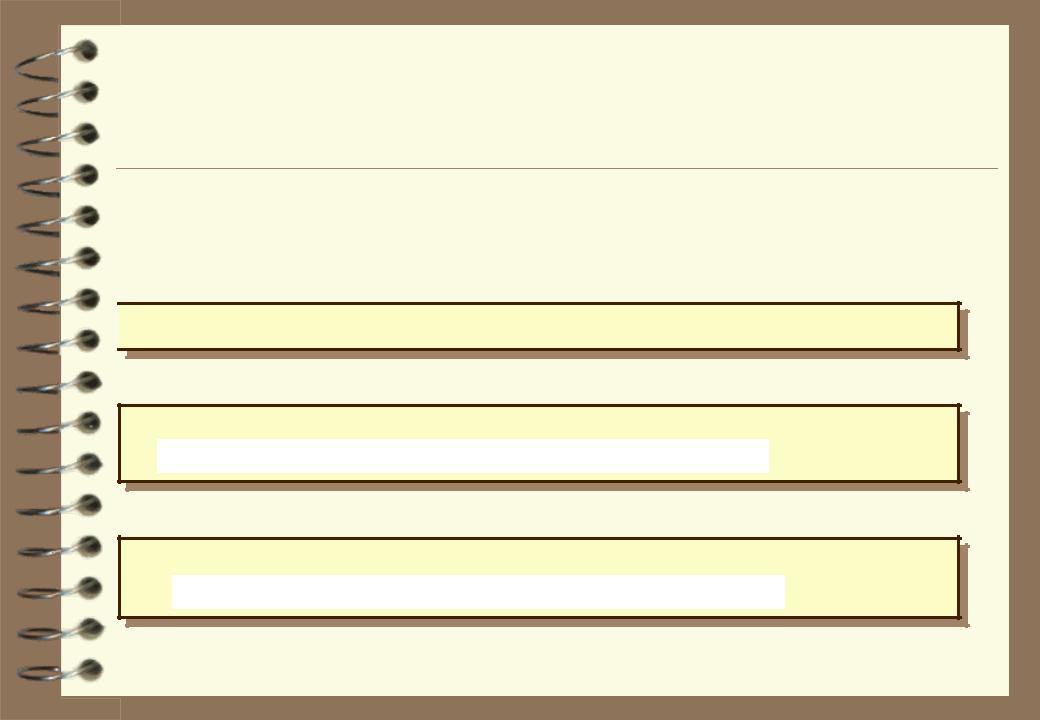
Lecture 4. Network Data Model
Fields and record types
Data field (item) – elementary named data. Its instance (occurrence) is a data value.
Record type – is a uniquely named collection of field names:

 TEACHER (Name, Post, Address)
TEACHER (Name, Post, Address)
Graphic notation:
TEACHER
Name |
Post |
Address |
Record type instance – ordered collection of fields instances:
TEACHER
Johnson |
professor |
Kiev |
|
|
|
|
|
|
CSF NAU |
4 |

Lecture 4. Network Data Model
Keys
Two or more different records within a network data base may have duplicate values of all data items.
The Data Base Key (DBK) is a unique internal identifier of any record. DBK is automatically assigned to any record when it is stored in DB and do not changed when a record is updated.
CALC key is an internal identifier of any record, that assigned to a record on the base of values of a specified record fields.
CSF NAU |
5 |
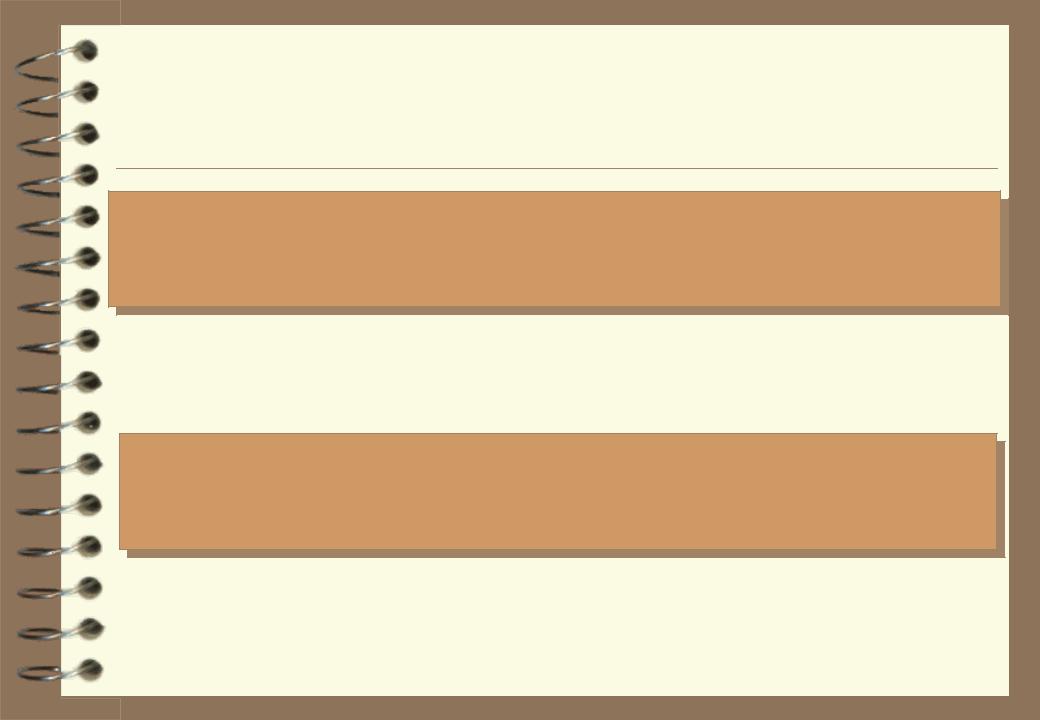
Lecture 4. Network Data Model
Set type and instance (occurrence)
Set type is named two level hierarchical relationship of the record types. With the help of sets composition multilevel hierarchical and network structures may be constructed.
Set owner. There is only one set owner record
Set members. There may be 0, 1 or more set member records.
Set instance (occurrence) consists of one instance of the owner record type and any number of instances of the member record types
Thus the set represent two level hierarchical one-to-many relationship.
CSF NAU |
6 |
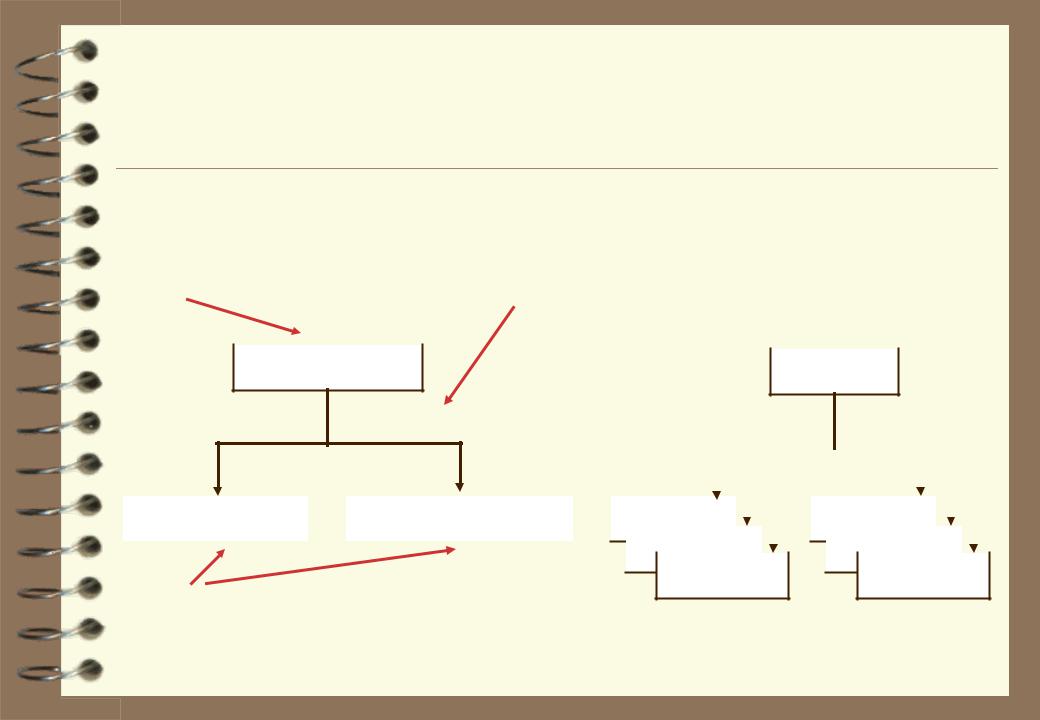
Lecture 4. Network Data Model
Example of the set type and instance
|
Set type |
Set instance |
|
Set owner |
Set name |
||
|
|
||
|
|
|
|
|
DEPARTMENT |
|
|
|
|
SE |
|
Department Structure |
|
|
|
|
|
|
|
|
|
|
|
|
|
|
|
|
|
|
|
|
|
|
|
|
|
|
|
|
|
|
|
|
|
|
|
|
|
|
|
|
|
|
|
|
SUBJECT |
|
TEACHER |
|
DBMS |
|
|
|
|
|
|
John |
|
|
|
|
||||||
|
|
|
|
|
|
|
|
|
|
|
|
||||||||||
|
|
|
logics |
|
|
|
|
|
|
|
Peter |
|
|
|
|
||||||
|
|
|
|
|
|
|
|
|
|
|
|
|
|
|
|
||||||
|
|
|
|
|
|
|
|
|
|
|
|
|
|
|
|
||||||
|
|
|
|
|
|
С language |
|
|
|
|
|
|
Ann |
|
|
|
|
||||
|
|
|
|
|
|
|
|
|
|
|
|
||||||||||
Set members
CSF NAU |
7 |

Lecture 4. Network Data Model
Multilevel Hierarchy
Owner of the set «Department Structure» |
|
|
DEPARTMENT |
|
|||
|
|
|
|
Department Structure
|
SUBJECT |
|
|
TEACHER |
|
||
|
|
|
|
|
|
|
|
Members of the set «Department Structure» |
|
|
Scientific Works |
||||
|
|
|
|
|
|
|
|
|
|
|
|
|
|
|
|
Owner of the set «Scientific Works»
ARTICLE BOOK
Members of the set «Scientific Works» 
CSF NAU |
8 |
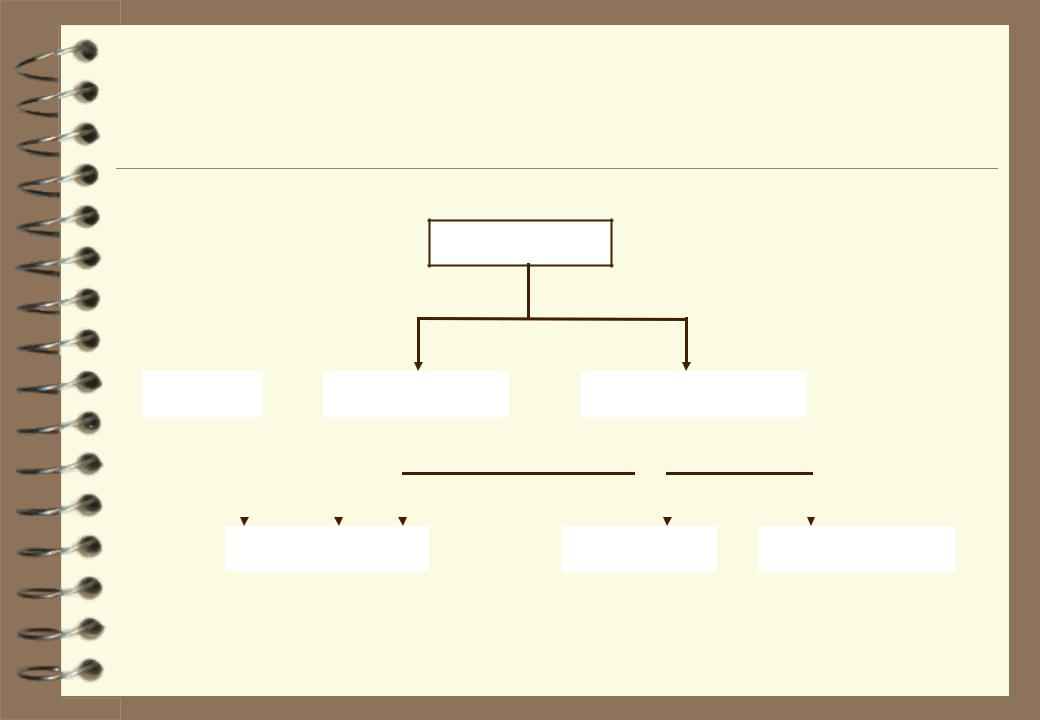
Lecture 4. Network Data Model
Representation of m:n relationships
DEPARTMENT
Department Structure
GROUP |
m:n |
|
SUBJECT |
m:n |
|
TEACHER |
|
|
|||||
|
|
|
|
|
|
|
|
|
|
|
|
|
|
Attend |
|
|
Is taught at |
Has |
|
|
|
Scientific Works |
|||||
|
|
|
|
|
|
|
|
|
|
|
|
|
|
|
|
|
|
|
|
|
|
|
|
|
|
|
|
LECTURE |
|
ARTICLE |
|
BOOK |
|
|
|
|
|
CSF NAU |
9 |
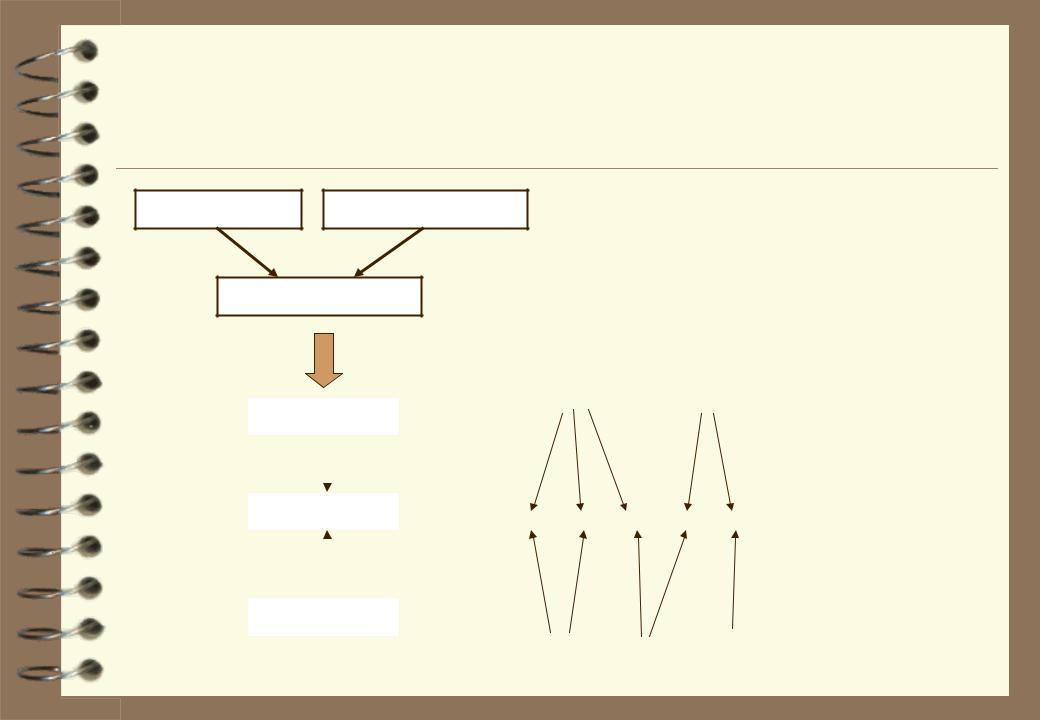
Lecture 4. Network Data Model
Schema and instance of m:n relationships
SUBJECT TEACHER
Is_taught_at |
Has |
|
LECTURE
|
|
|
|
T1 |
|
T2 |
Teachers |
|
|
TEACHER |
|
|
|
||||
|
|
|
|
|
|
|
||
|
|
|
|
|
|
|
|
|
|
|
Has |
|
|
|
|
|
|
|
|
|
|
|
|
|
|
|
|
LECTURE |
|
L1 L2 |
L3 |
L4 L5 |
Lectures |
|
|
|
|
|
|
|
||||
|
|
Is_taught_at |
|
|
|
|
|
|
|
|
|
|
|
|
|
||
|
|
|
|
|
|
|
|
|
|
SUBJECT |
|
|
|
|
|
|
|
CSF NAU |
|
|
|
S1 |
S2 |
S3 |
Subjects |
10 |
|
|
|
||||||
|
|
|
|
|
|
|
||
